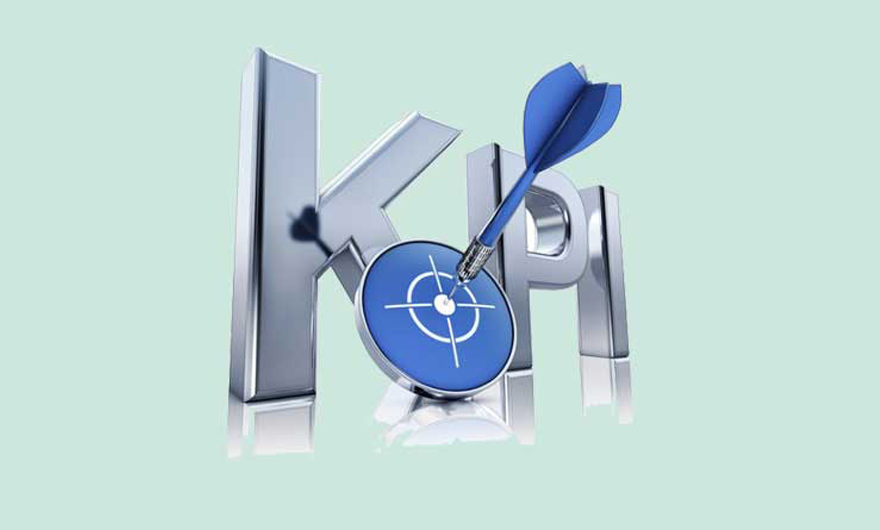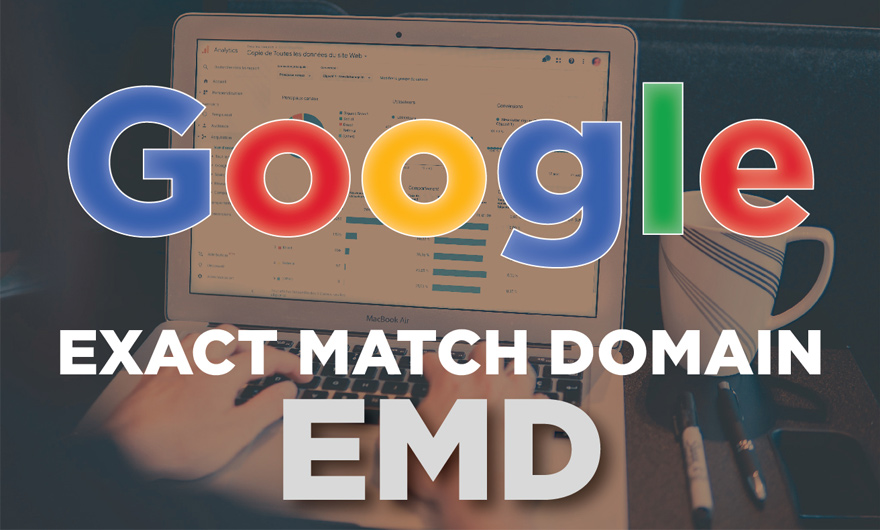The Key Performance Indicator (KPI) is a measurable variable that shows us how successful an organization has been in achieving its key goals. KPI metrics are objective and tangible metrics that clearly show your success rate in your campaigns and activities on a site.
In SEO, we can determine the success of our projects based on different KPIs. For example, improving the ranking in keywords, increasing site traffic to Google, and site bounce rate is among the most important key indicators in website optimization performance for Google.
Suppose you have been hired by an SEO project company and you want to start optimizing your site. After a few months, the employer will ask you to submit a work report or project progress. In this case, key performance indicators (KPIs) can make your job easier. Because you can use these indicators to show the success or progress of your project to the employer.
Before we get into how to define a KPI, let’s look at how it differs from any other indicator in the KRI or Key Result Indicator used to measure results.
Difference between Key Performance Index (KPI) and Key result Index (KRI)
KPI is an indicator for measuring performance and has nothing to do with the result! This means that results such as “revenue growth” and “profit” cannot be considered as KPIs. Why?
The answer is simple; Because every result we get is the result of several different activities; Not just a specific activity.
Therefore, we call these key outcome indicators or KRIs; Because to achieve a key result we have to track and measure several different activities. In fact, a KRI tells you what you have achieved in your business; But the KPI tells you what to do.
The point here is that each KPI should only follow one critical function and not other functions. For example, if our KRI is an “increase in profit”, we should only focus on specific activity. KPIs can be related to several different activities such as increasing the rate of conversion of openers to customers, reducing the rate of decline of users and the ratio of old products to new, the average purchase of each user through telephone sales.
Well, now the first challenge we face is that we have a lot of KPIs to choose from. If we choose a wrong performance indicator, then we are actually measuring something that is not in line with our company’s strategic goals. It’s like choosing a 20 cm ruler (!) To measure the depth of the sea, which we will certainly never work.
So, let’s see how we can define the right KPI for our purposes.

How to define a KPI?
Defining a key performance indicator can be a daunting task; Because today we have a lot of information that we can label each of the KPI. While few of them are KPIs that can really help the growth and development of our organization!
Unfortunately, this perspective often causes us to become overwhelmed when it’s time to start a project.
a good KPI should be consistent with organizational strategies, not industry stereotypes.
To determine your KPI, you start with the main goal. For example, imagine your company’s main goal is to increase the quality of production. How should a company measure its progress in achieving this goal? It cannot be measured, because increasing the quality requires several activities. So, what you should do?
In the next step, you need to see what needs to be done to achieve this goal and then set a KPI for each action. For example, one of the things you can do to increase the quality of production is to reduce production waste.
How do you measure your performance now? It obvious!! with the rate of the waste. So, the waste rate is your KPI for this activity.
Note that to increase the quality of production, several things must be done, each with a separate KPI; But we have given you just one example.
Let’s review our example once again.
What was the main goal? Increase production quality.
What action should be done do this? Reduce production waste.
What is the KPI in this example? Waste rates.
Another point I should not forget here is that according to the action you want to do and the KPIs you have for it, you have to set a precise goal that everything is complete and clear.
For example, the KPI-related goal of this example is to reduce the production waste rate by 10% by the end of September.
What is the SMART KPI?
You may have heard the name of smart KPI in articles and been curious about it. A smart KPI should, they say, have smart features. But I must say that there is no such thing as a smart KPI. These goals are related to KPIs that need to be smart; This means that when you want to set relevant goals or KPIs, SMART factors are extremely useful but not effective in determining KPIs!
Smart factors are nothing but the five attributes we set for a goal: specific, measurable, assignable, relevance, and time-bound.
Asking the following questions are essential for a good KPI:
What exactly does the KPI measure? (For example, you are going to measure the customer conversion rate)
Why is this result important to you and why do you want to achieve it? (What is the purpose of determining this KPI)
Where do your data and information come from? (For example, you can use Google Analytics to analyze your website traffic)
How often do you measure your performance? (For example, you measure the increase in traffic each month compared to the previous month to identify shortcomings in your work)
What part of the business is the KPI used for? (For example, you may want the conversion rate of the site’s customers to be measured)
Who is responsible for this? (For example, you make one of the digital marketing experts responsible for following up on this)
What is the worst-case scenario and the best-case scenario? (For example, if the number of visits reaches less than 100, the conditions are not good and should be announced)







Leave feedback about this
You must be logged in to post a comment.